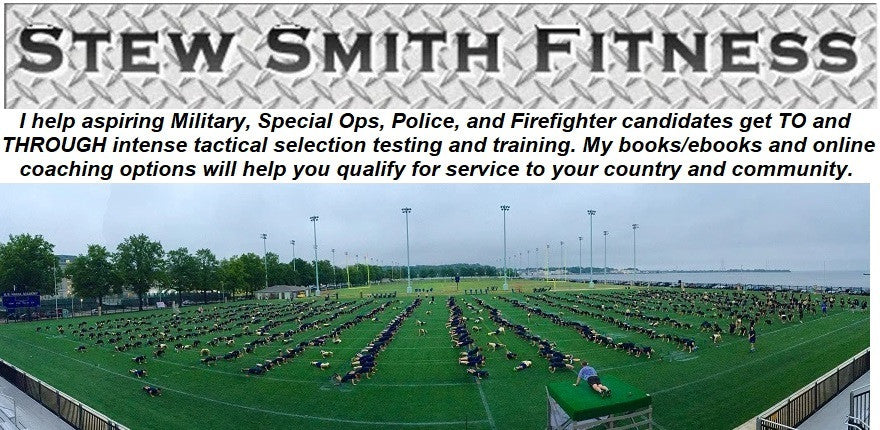This week, I received a question concerning endurance training at higher altitudes. This is an interesting training method and has been studied for years by Olympic and other elite athletes. Many adventure races today involve a section of higher altitude events, which requires people to train their bodies to prepare for the lower oxygen levels.
The theory behind High Altitude Training (HAT) is that if you can adjust your body to perform at competitive levels with less oxygen in your blood and muscles, then when you travel to sea level to compete you should have a higher level of endurance. The “extra” oxygen will prevent the early build-up of lactic acid and keep your heart rate lower even though you are pushing yourself harder than at altitude. Many elite athletes “live high and compete low” meaning they live at 5,000-7,000 feet above sea level and travel to compete in races. For higher elevations - you should train with hypobaric training facilities where you can reduce the level of O2 in the room you are working to acclimate yourself better over time.
There is NO better way to train for altitude than to be at altitude so your body can "get used to" or acclimate itself to the lower levels of O2. That is why for expeditions who climb mountains like Mt. Everest will set a base camp that is still significantly higher than sea-level in order to allow the body to work with less O2 for several days before climbing further.
The question received this week was, “How do you train to prepare for higher altitude when at sea-level?” This may sound tough to do but it is easier than you think. When I played rugby for Navy and we went to the Air Force Academy to play them, we picked up are training 2-3 weeks prior to the game to prepare for the lower oxygen levels. Basically, it got us in better shape to deal with the decreased O2 levels.
Our workout consisted of the following running and swimming plan:
Normally, practice consisted of long sprints, and 4-5 mile runs in the afternoons, but prior to traveling to high altitudes, we would train in the morning as well doing sprints to failure. One of the workouts I remember was:
Repeat this 8-10 times
Run ¼ sprint in between 70-90 seconds
Jog ¼ recovery between 2:00 - 3:00
Every other day we would mix some leg PT into the recovery to really burnout the legs with such exercises as:
Squats – 30-40 reps
Lunges - 20-30 reps per leg
Heel Raises – 30 reps
But one of the best ways to prepare for higher altitudes is to try the hypoxic swim workout. Hypoxic swims mean - "low oxygen swimming". Basically you are asking your body to work harder with less oxygen by not breathing as often as you normally would. This is tough training and should be done with a buddy or lifeguard just in case you push yourself too hard and black out. I do not think I need to discuss the dangers of blacking out in the water...I have never seen it happen but it could happen.
I like to do hypoxic swim 2-3 times a week of a distance of 1000-1500m. The best way to build your endurance is to pyramid up the following way:
Swim freestyle 2 stroke then breathe for 100m, then increase the strokes / decrease the breath in the following manner:
4 strokes per breath for 100m, 6 strokes, 8 strokes, 10 strokes, and even 12 strokes per breath for 100m each then repeat in reverse order. This workout will total 1100m of swimming 11 sets of 100m.
Once again – this is a tough workout and should not be done alone, in fact you should never swim alone or without a lifeguard. But, I do this workouts 2-3 times a week regularly and it will increase your endurance, lower your resting heart rate, and help you when you are hiking in the mountains or competing in Mile High Stadium in Denver.
Please feel free to email me at stew@stewsmith.com if you have questions and check out the Article Archive Guide - and see older articles written about diet, military training, injury prevention and more.
The StewSmith.com Fitness eBook Store will help you train at higher levels than you ever thought possible and will utilize many of the above workouts to help you ace any form of military training or PFT there is.
